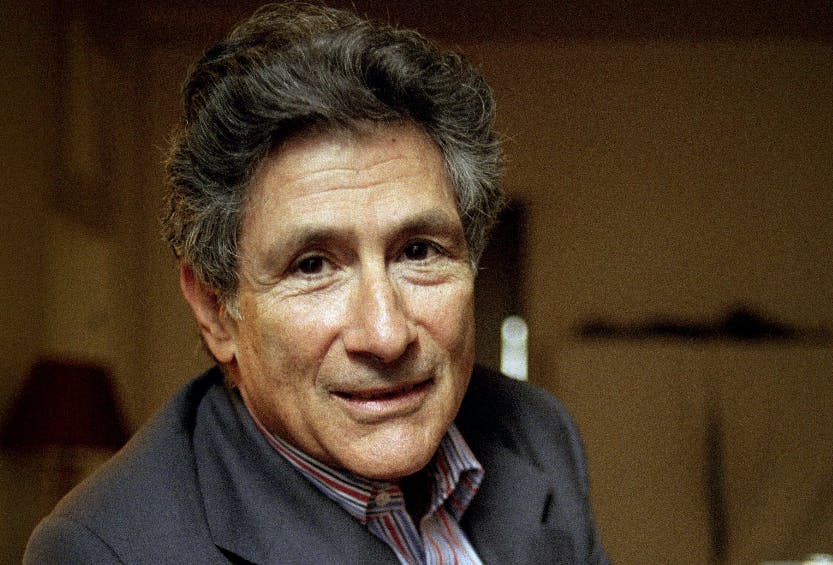Television – A product which will provide rich and challenging opportunities for interpretation and
in depth critical analysis.
The missing
The Missing is a complex mainstream television product in which the codes and conventions of the crime drama are recognisable but they are also challenged and sometimes subverted.
Media Representations – The Missing provides a range of representational areas to explore; gender, the family, place,
issues, events, class. Negative and positive use of stereotypes
Opportunities for discussion of performative identities in the representation of gender in The Missing – Judith Butler
Feminist debates – Violence and the representation of gender. This could include the controversy around using violent crime against women as popular entertainment
Representations of family and their ideological significance
Representation of place – northern Europe and the Middle East
Analysis of how the representations convey values, attitudes and beliefs about the world
Theories of representation including Hall
Feminist theories including bell hooks and Van Zoonen
Media audiences
The production, distribution and circulation of The Missing shows how audiences can be reached, both on a national and global scale, through different media technologies and platforms, moving from the national to transnational through broadcast and digital technologies. The way in which different audience interpretations reflect social, cultural and historical circumstances is evident in the analysis of The Missing which is explicitly linked to contemporary issues.
Social, political, economic and cultural contexts
The Missing’s parallel storylines, set in the past and present foregrounds the Iraq war and the political debates and controversies about the British involvement in it. The role of popular culture in examining past history is relevant here. The institution of the army frequently operates as a microcosm of wider social and cultural contexts in the exploration of changing expectations of gender roles as well its relationship to family structures. Values and ideologies of different cultures are represented through different religious and ethnic beliefs.
Witnesses
Television – product not in the English language
Media Language
The series is visually interesting, constructing a stylised representation of ‘real’ places which transmit meanings about characters, places and issues. A detailed analysis of different aspects of mise-en-scene will provide students with a strong foundation to build on in terms of analysing representations, ideological meanings and audience positioning.
Media Representations
Witnesses provides a range of representational areas to explore from the national and regional to family structures and gender roles. All of the areas tend to overlap with representations of nation signified through aspects of ethnicity, religion and class, while the reinforcement and subversion of gender stereotypes allow students to consider how representations reflect social, cultural and historical circumstances:
Representation of national and regional identity (Northern France)
Representation of gender: The woman as detective, the male boss, gender stereotypes etc.
Feminist debates – Violence and the representation of gender. This could include the controversy around using violent crime against women as popular entertainment
Analysis of how the representations convey values, attitudes and beliefs about the world
Theories of representation including Hall
Feminist theories including bell hooks and Van Zoonen
Media Audiences
Issues of audience are also relevant throughout the other theoretical frameworks. In media language, the use of different formal structures to position the audience to receive and interpret meaning is central, while the study of representations has at its heart the reinforcement of social and cultural values for audiences.




